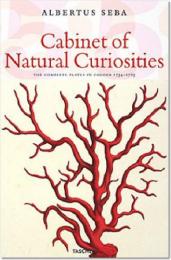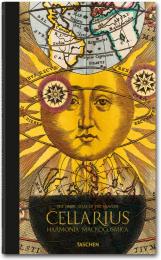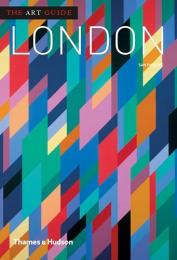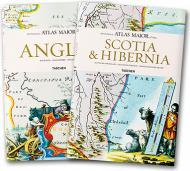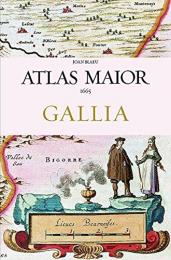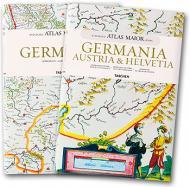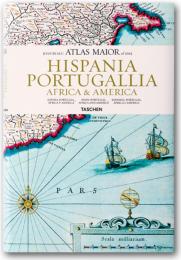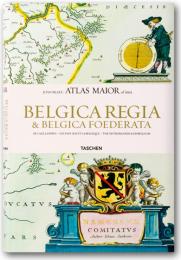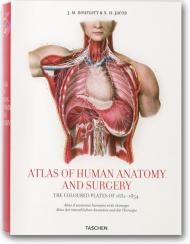TASCHEN's 25th anniversary - Special edition!
Albertus Seba`s Cabinet of Natural Curiosities is one of the 18th century`s greatest natural history achievements and remains one of the most prized natural history books of all time. Though it was common for men of his profession to collect natural specimens for research purposes, Amsterdam-based pharmacist Albertus Seba (1665–1736) had a passion that led him far beyond the call of duty. His amazing, unprecedented collection of animals, plants and insects from all around the world gained international fame during his lifetime. In 1731, after decades of collecting, Seba commissioned illustrations of each and every specimen and arranged the publication of a four-volume catalog detailing his entire collection — from strange and exotic plants to snakes, frogs, crocodiles, shellfish, corals, insects, butterflies and more, as well as fantastic beasts, such as a hydra and a dragon. Seba`s scenic illustrations, often mixing plants and animals in a single plate, were unusual even for the time. Many of the stranger and more peculiar creatures from Seba`s collection, some of which are now extinct, were as curious to those in Seba`s day as they are to us now.
This reproduction is taken from a rare, hand-coloured original. The introduction offers background information about the fascinating tradition of the cabinet of curiosities to which Seba`s curiosities belonged.
